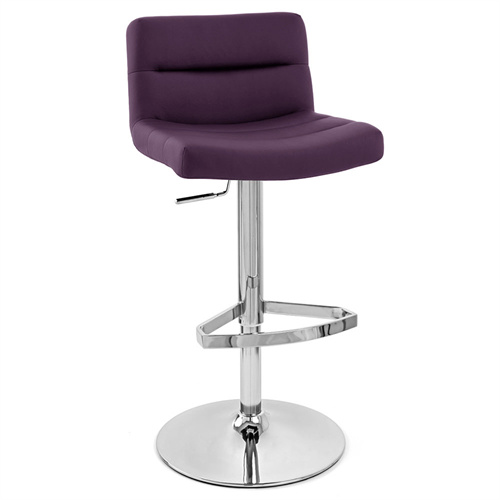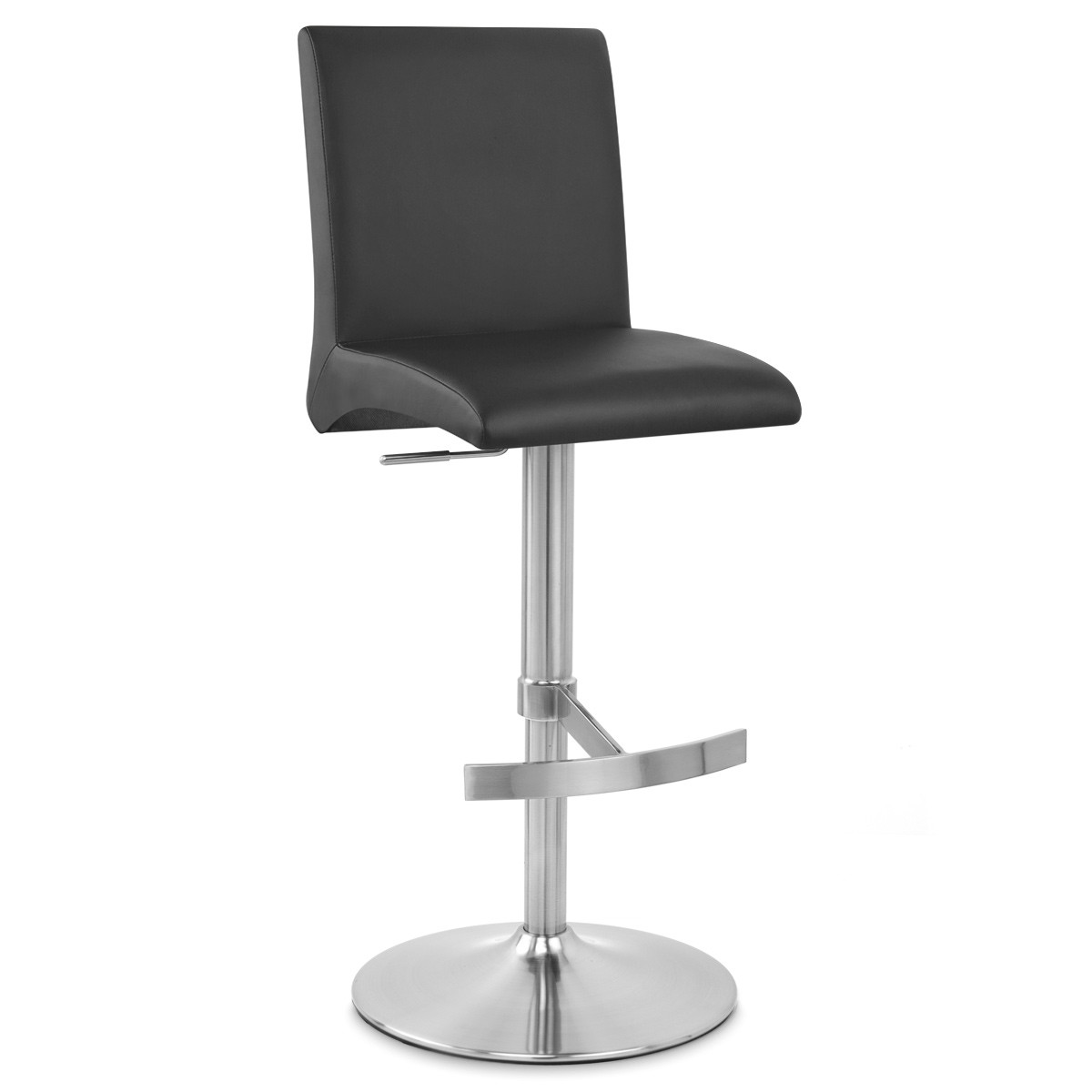When designing a kitchen or dining area, selecting the right counter stool height is crucial for both comfort and functionality. This article delves into the standard heights for kitchen counter stools, the importance of ergonomics, and practical tips for choosing the right stools for your space.
Understanding Kitchen Counter Heights
Standard Counter Heights
Most kitchen counters are typically around 36 inches (91 cm) high, which is the standard height for many kitchen tasks, including food preparation and casual dining. When choosing counter height stools, it's crucial to understand this measurement to ensure they fit comfortably beneath the countertop. For a 36-inch counter, stools with a seat height between 24 and 27 inches are ideal, providing enough space for comfortable seating.
Standard Stool Heights
Types of Stools and Their Heights
There are three primary types of stools based on their height:
- Counter Stools: Ideal for standard kitchen counter heights, typically around 36 inches high, these stools usually have a seat height of 24 to 27 inches. They are perfect for standard counter height stool requirements, ensuring a comfortable fit under most kitchen counters.
- Bar Stools: Best suited for bar heights of 41 to 43 inches, these stools have a seat height of 28 to 32 inches, aligning with standard bar stool heights.
- Extra-Tall Bar Stools: Designed for surfaces taller than 44 inches, these stools have a seat height of 33 to 36 inches, accommodating the height of taller counters and bars effectively.

Standard Kitchen Counter Stool Height
Measuring for the Perfect Stool Height
To determine the ideal stool height for your kitchen counter, follow these steps:
-
Measure the Counter Height: Use a tape measure to find the height from the floor to the top of your counter.
-
Calculate Ideal Stool Height: Subtract 10 to 12 inches (25 to 30 cm) from your counter height. This range allows enough space for comfortable legroom and proper seating posture. For example, if your counter is 36 inches high, look for stools with a seat height between 24 and 26 inches.
Ergonomics: Comfort and Functionality
Importance of Ergonomics
Choosing the right stool height is not just about aesthetics; it significantly impacts comfort and posture. Ergonomically designed stools promote good posture, reducing strain on the back and legs during prolonged sitting.
-
Legroom: Aim for 9 to 12 inches (23 to 30 cm) between the top of the stool seat and the underside of the counter. This spacing allows users to sit comfortably without feeling cramped.
-
Footrests: Stools with footrests help maintain an optimal sitting position by supporting the legs at a natural angle, which can alleviate pressure on the lower back.

Choosing the Right Style and Material
When selecting counter stools, consider both style and material as they contribute not only to comfort but also to the overall aesthetic of your kitchen.
-
Styles: Options include backless stools, swivel stools, and those with arms. Each style serves different functions; for example, backless stools save space while swivel stools offer ease of movement.
-
Materials: Common materials include wood, metal, plastic, and upholstered fabrics. Each material has its advantages—wood offers warmth, metal provides durability, and upholstered options enhance comfort.
Common Mistakes When Choosing Stools
To avoid common pitfalls when selecting counter stools:
-
Ignoring Measurements: Always measure your counter before shopping. Many people assume standard sizes will fit without verifying their specific dimensions.
-
Overlooking Legroom Needs: Ensure there is adequate space between each stool and between the stool seat and counter. Too little space can lead to discomfort during use.
-
Not Considering User Needs: If multiple users will be using the stools, consider adjustable options or a variety of heights to accommodate everyone comfortably.
.jpg)
Conclusion
Selecting the right kitchen counter stool height is crucial for creating a functional and comfortable dining space. By understanding the importance of counter height stool height and standard bar stool height, and considering ergonomic factors like legroom and posture, you can significantly enhance both the usability and aesthetic appeal of your kitchen. Whether you're hosting family meals or enjoying a casual breakfast, choosing stools that fit your 36-inch counter or 42-inch bar will transform your culinary experience, ensuring it meets everyone's needs.





0723.jpg)